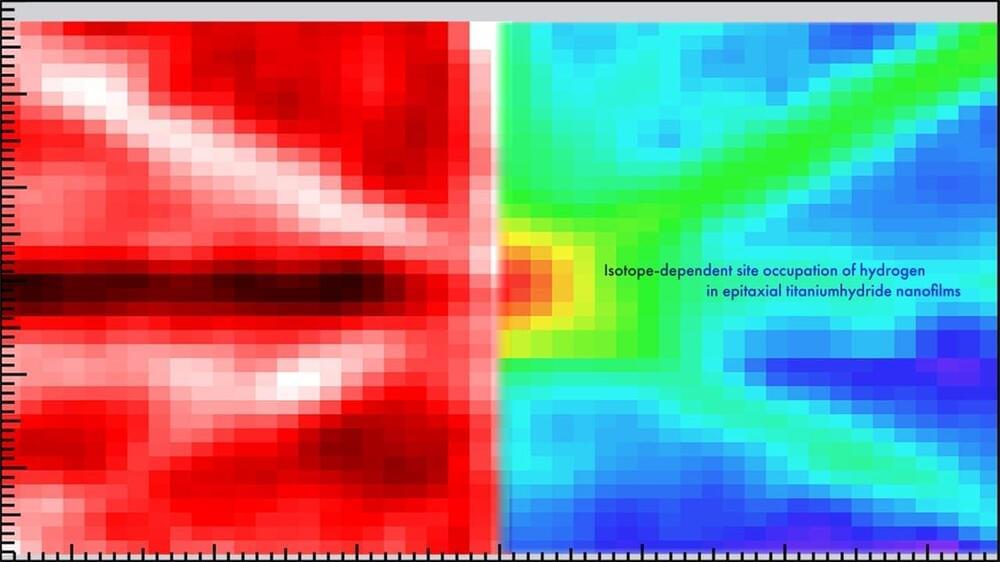SpaceX was founded to increase access to space and help make life multiplanetary.
In just this year, we’ve launched 114 successful Falcon missions and counting for our commercial and government customers, deployed ~1,700 @Starlink satellites to provide high-speed internet for millions of people all around the world, and made extraordinary strides developing Starship’s capability to return humanity to the Moon and ultimately send people to Mars.
If you want to join the team and help build a more exciting future, check out the latest job openings across the company → https://www.spacex.com/careers







